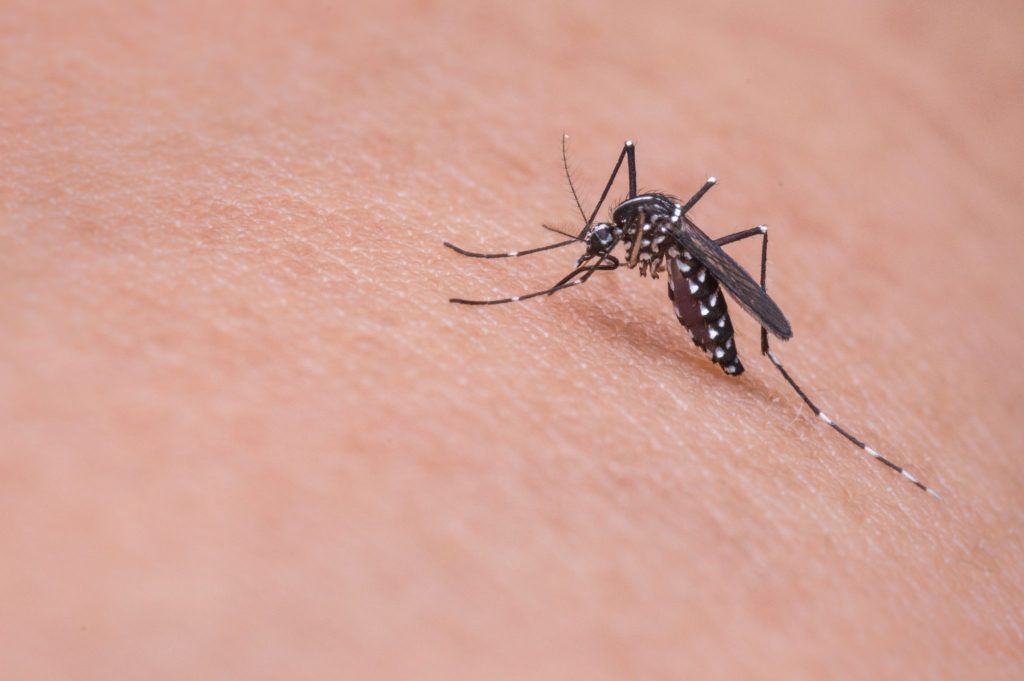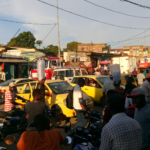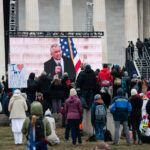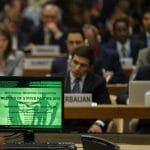Preventing a man-made pandemic
By Filippa Lentzos | December 18, 2014

More than at any time since the Cold War, scientists are tinkering with viruses to make them more deadly and more able to spread. Back then, microbiologists adopted newly developed genetic manipulation techniques to increase the virulence and transmissibility of microbes and create multi-antibiotic-resistant strains of pathogens, with the aim of using them as biological weapons. Today, for very different reasons, scientists conduct so-called “gain-of-function” experiments to enhance what certain pathogens can do, which has caused concerns about lab-created pandemics to resurface.
Could the latest science be militarized and misused to make biological weapons? Fortunately, there are ways to make sure that it is not. The key is to build confidence among the 171 states party to the Biological Weapons Convention (BWC), assuring states that members are adhering to the treaty’s ban on all bioweapons, that they are appropriately managing risks arising from scientific developments, and that they are putting in place adequate oversight mechanisms.
Confidence-building was the main theme at the BWC’s annual meeting of states party in December 2014 in Geneva. It was also the aim of the Geneva disarmament community’s June 2014 visit to Switzerland’s national high containment lab on invitation from the Swiss BWC Chairman. It has been the principal topic of discussion at a number of workshops for biological disarmament experts and diplomats in recent months, and it is at the core of initiatives some states have taken to advance the discussion on verification. Confidence-building is also at the heart of the BWC’s current compliance structure. Under this system, treaty members document their biodefense programs and national oversight arrangements for dual-use and biodefense research, and submit these reports to the BWC secretariat as part of an information exchange.
Adapting to advances. The scientific community plays an important role in building confidence. The rapid pace of progress in the life sciences means that developments must continually be evaluated and assessed to ensure that appropriate oversight is in place. Gain-of-function research, which creates pathogens that could potentially cause pandemics, is an area of particular concern. It first attracted attention in 2011, when two leading influenza laboratories, at the Erasmus Medical Center in the Netherlands and at the University of Wisconsin-Madison, revealed that they had made versions of the H5N1 avian influenza strain, which previously had only spread between birds, that could now spread between mammals. Many scientists worried that if the potent new lab strain was accidentally or deliberately released, it could result in a deadly pandemic. The New York Times ran an editorial with the unambiguous headline “An Engineered Doomsday,” arguing that the modified flu virus could kill tens or hundreds of millions of people if it escaped the lab or was stolen by terrorists. Proponents of gain-of-function research, on the other hand, argue that such studies help us understand influenza transmission and can help public health researchers detect an impending flu pandemic and prepare vaccines.
In January 2012, a group of leading influenza virologists agreed to a voluntary moratorium on gain-of-function studies. The work resumed in 2013, but new papers on human-made H5N1 and other dangerous flu strains have rekindled concerns—in part because a series of lab accidents and breaches at the Centers for Disease Control and Prevention and the National Institutes of Health raised questions about safety at high-containment labs. On October 17, 2014, the White House Office of Science and Technology Policy and the Department of Health and Human Services announced that the US government was instituting a new moratorium on funding for any new gain-of-function studies involving influenza, SARS (severe acute respiratory syndrome), and MERS (Middle East respiratory syndrome).
At the December BWC meeting in Geneva, two of the scientists who were instrumental in pushing for this new US moratorium made presentations: Marc Lipsitch, professor of epidemiology and director of the Center for Communicable Disease Dynamics at Harvard University, and Simon Wain-Hobson, professor and head of the Molecular Retrovirology Unit at Institut Pasteur in Paris. Some of the questions they tackled were whether some experiments—like those intended to increase the danger a disease poses—are too risky to allow at all; whether gain-of-function experiments are opening doors to research we don’t want done; and whether gain-of-function research in the “wrong hands” could be used to manufacture pathogens that threaten public health and security. The scientists also looked at ways the international community could identify the risks associated with gain-of-function studies and develop appropriate oversight mechanisms.
One of the key messages coming out of the presentations was that scientists have an obligation to do no harm. This echoes the InterAcademy Panel network of 76 national science academies, which in its statement on biosecurity also highlights that scientists should “recognize that individual good conscience does not justify ignoring the possible misuse of their scientific endeavour.” Scientists should promote adherence to these principles, and act as role models in this regard.
Setting examples. While adhering to research moratoriums and promoting a sense of responsibility in the scientific community are essential, confidence-building is also about states setting appropriate examples for others to emulate. Governments have to look at themselves and demonstrate to others that their own houses are in order. The process of collecting and submitting information on confidence-building measures to the BWC secretariat provides a mechanism for governments to draw domestic stakeholders together and increase their awareness and oversight of relevant national biological activity. Complete and accurate annual confidence-building reports demonstrate to peers in government, both at home and abroad, that states have their houses in order. And for the growing number of countries making their reports publicly available, they also demonstrate good behavior to a much wider audience.
BWC member states can also encourage confidence in one another by endorsing the new US moratorium on gain-of-function studies and agreeing to carry out comprehensive risk assessments to quantify the dangers posed when the viruses that result from such studies escape into the community. Assessments should consider potential fatalities, costs to health care systems, financial and socio-economic costs, and liability costs. Any experiments deemed to carry risks disproportionately larger than any potential benefits or alternative safer approaches should be banned.
Fostering responsible science. States in which scientists are currently pursuing gain-of-function research have an extra responsibility. In their confidence-building reports, they must not only document their oversight arrangements in general for dual-use research of concern, but also specifically identify and outline oversight measures applied to gain-of-function research that could create potentially pandemic-causing pathogens, and note any work to this end that is carried out for biodefense purposes. This will signal a commitment to responsible innovation and promote confidence among other states party that appropriate oversight mechanisms are in place.
Importantly, confidence-building declarations also send signals to the scientific community. Although they may feel autonomous in their work, most microbiologists remain susceptible to larger institutional and political pressures. Whether in academic medical centres, pharmaceutical companies, or government facilities, they work in settings where norms, professional responsibilities, and missions are bureaucratically defined. However, these scientific communities also respond to national norms concerning transparency and public accountability. The BWC’s confidence-building measures must be viewed therefore as vehicles for promoting norms of transparency and public accountability, and for fostering responsible science.
In short, an effective regulatory framework to prevent gain-of-function research from causing man-made pandemics requires both scientists and states to play their part. At the core of the equation is confidence: confidence that both are acting responsibly.
Together, we make the world safer.
The Bulletin elevates expert voices above the noise. But as an independent nonprofit organization, our operations depend on the support of readers like you. Help us continue to deliver quality journalism that holds leaders accountable. Your support of our work at any level is important. In return, we promise our coverage will be understandable, influential, vigilant, solution-oriented, and fair-minded. Together we can make a difference.
Keywords: essential biosecurity reading
Topics: Analysis, Biosecurity















